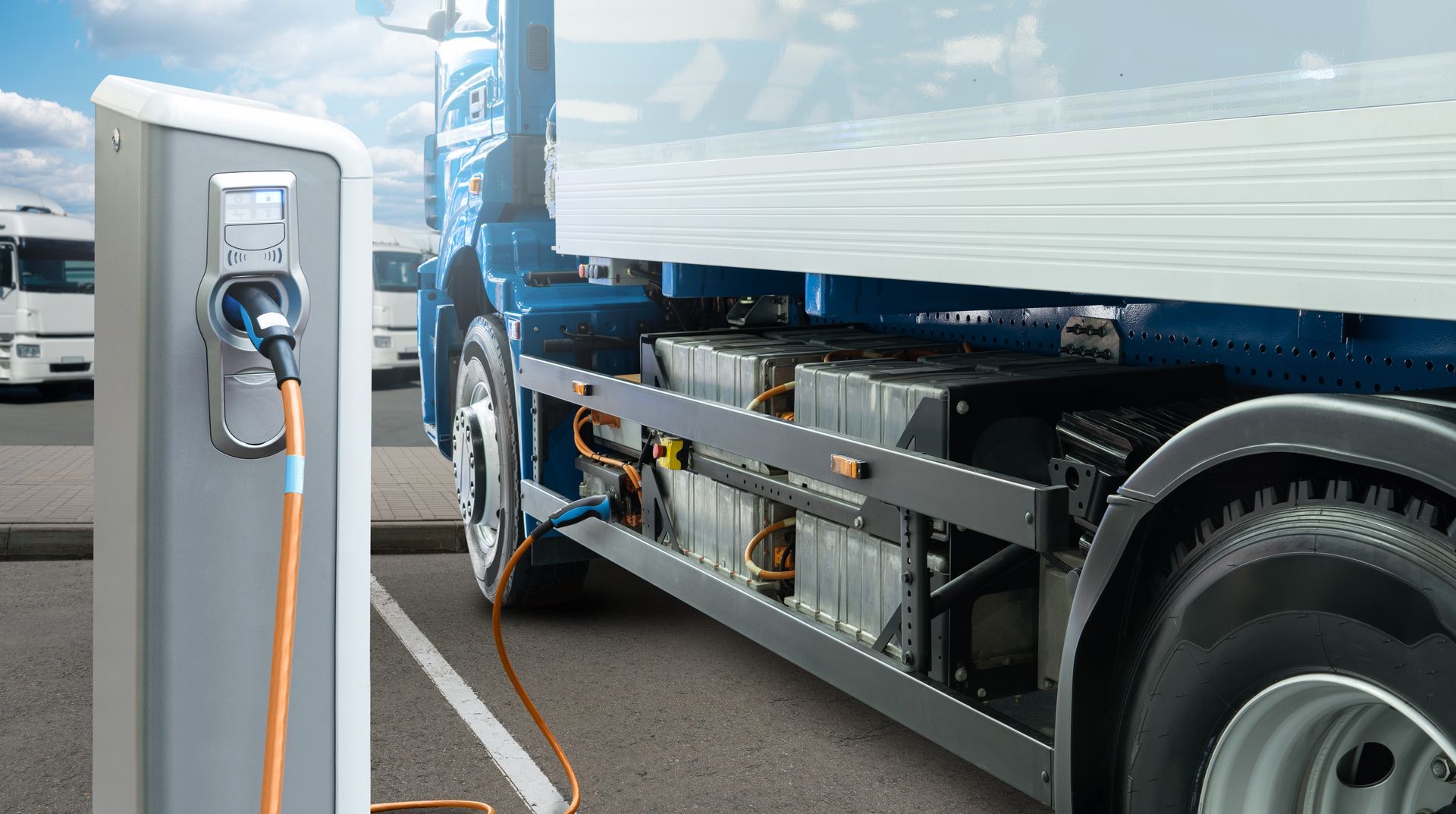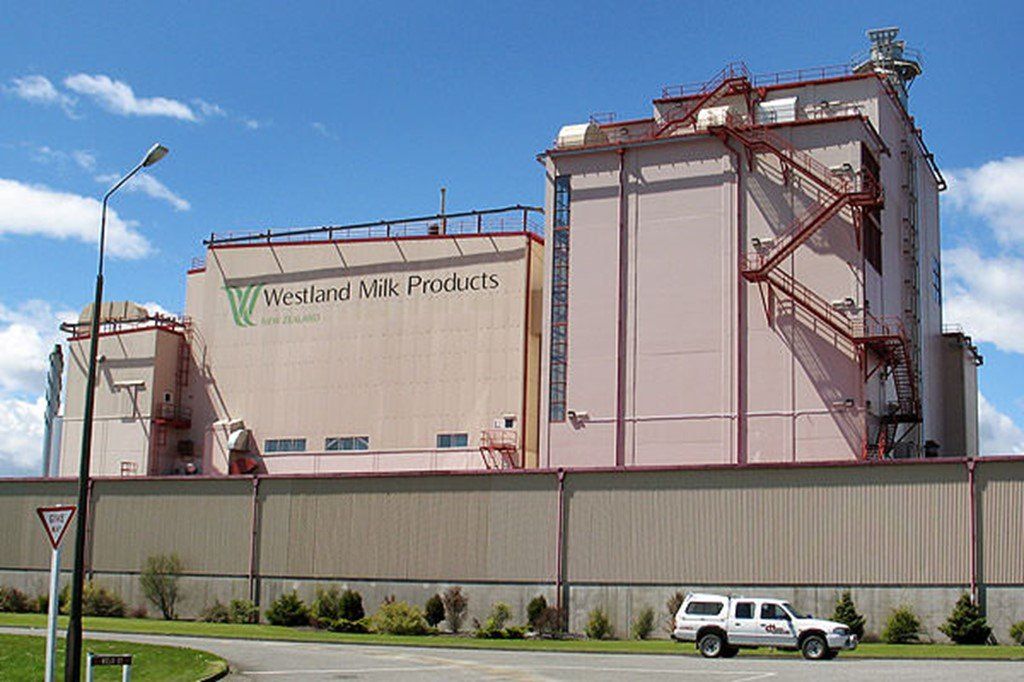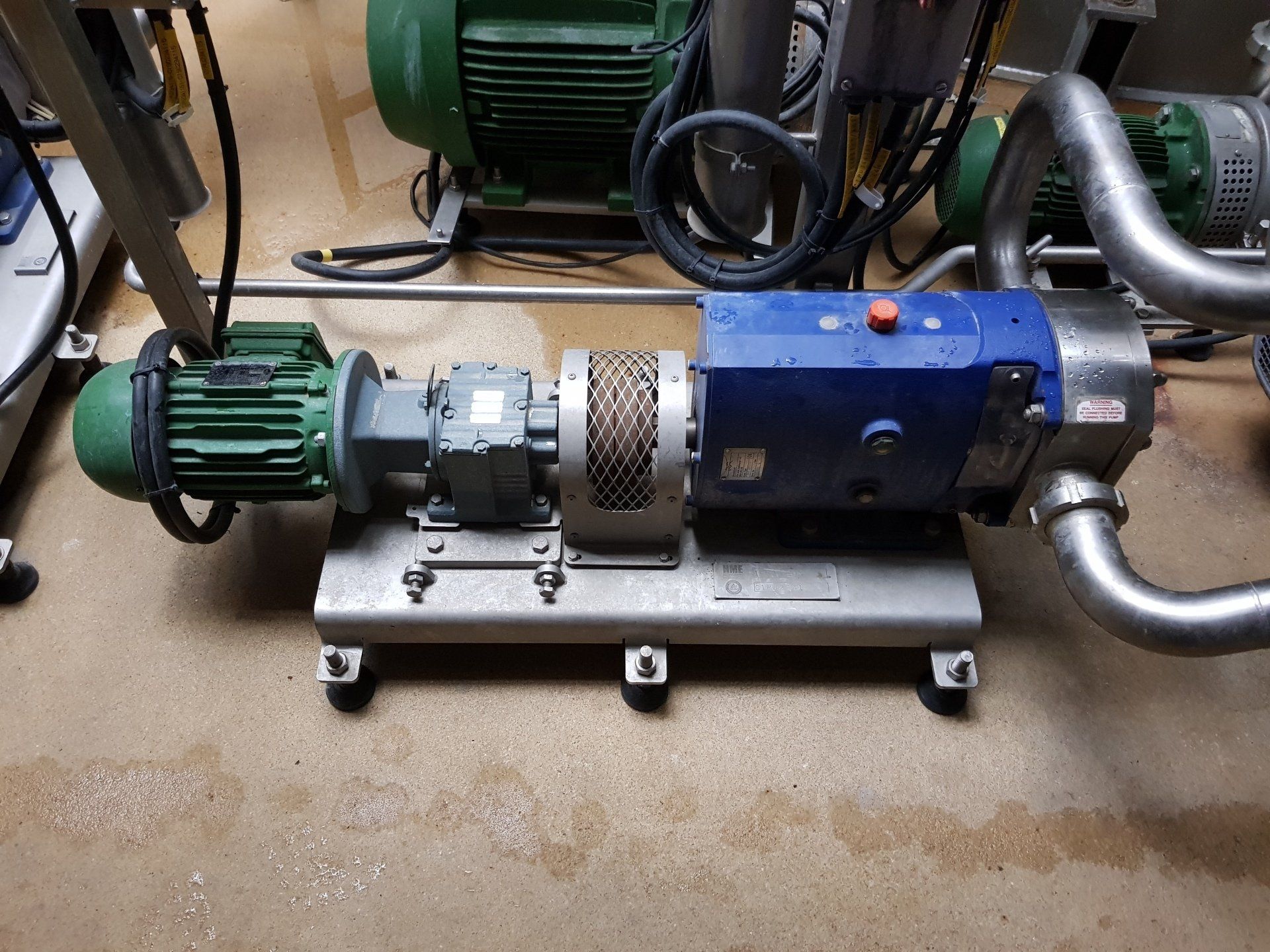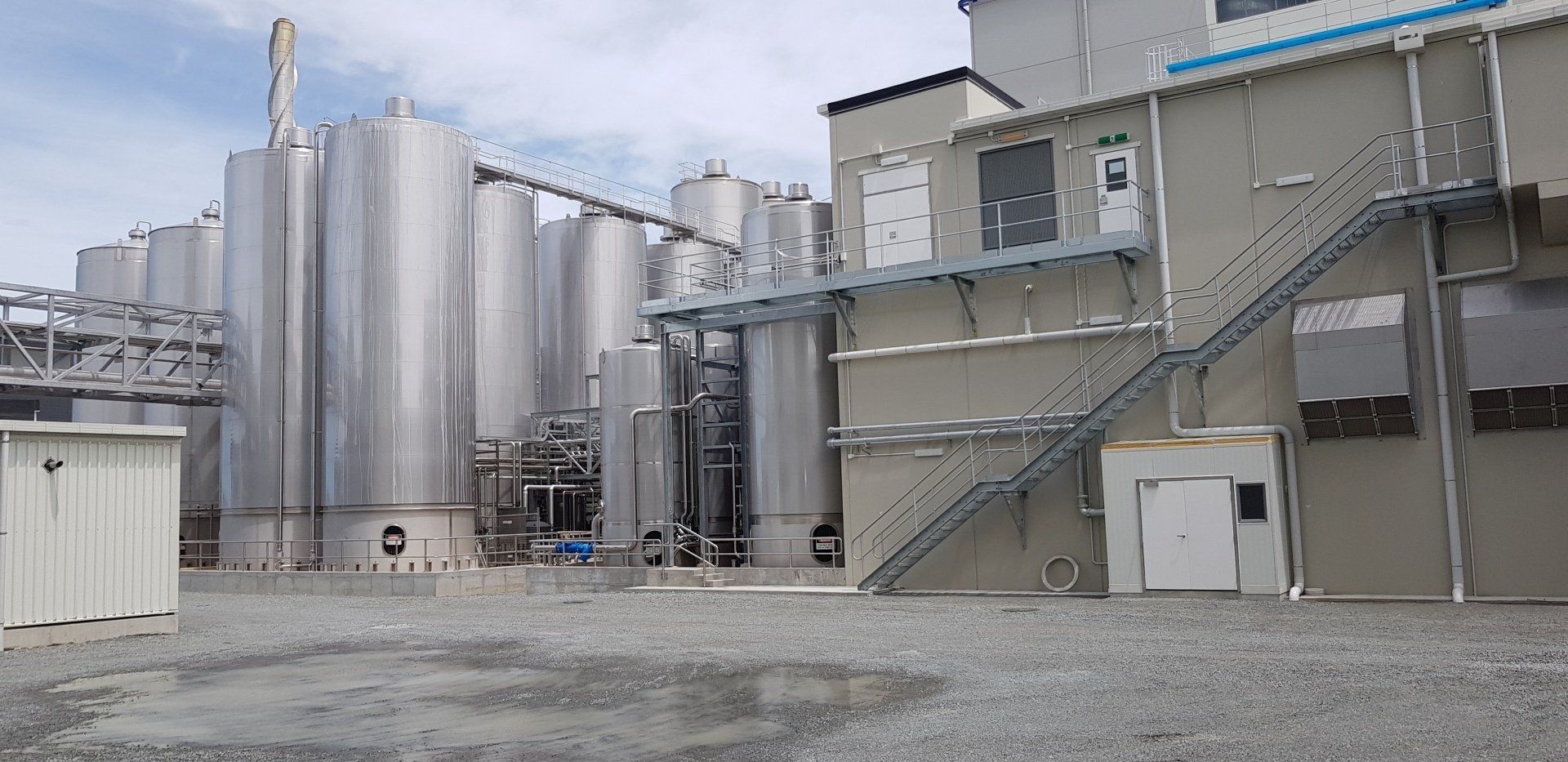Thinking & Doing
Here’s where you’ll find our latest thoughts and case studies of projects we have been working on.
DETA Blog

23 Apr, 2024
In the wake of heightened global awareness about climate change, businesses are grappling with a delicate balance between corporate sustainability commitments and public scrutiny. The complexities surrounding sustainability disclosures are not new, however, concerns about unsubstantiated or misleading climate pledges have intensified. Instances of greenwashing have led to legal repercussions and regulatory crackdowns, underscoring the growing scrutiny surrounding corporate sustainability claims. Moreover, challenges related to the integrity of frameworks such as the Science Based Targets initiative (SBTi) have further fuelled scepticism about corporate climate action, prompting some companies to remain discreet about their environmental aspirations – helpfully termed green hushing. What’s the difference between greenwashing and greenhushing? Green washing involves the sharing of misleading information or unsubstantiated claims regarding a company's environmental practices or products. It typically manifests through clever marketing campaigns or superficial gestures that prioritise image over genuine sustainable process optimisation efforts. From ambiguous labels to exaggerated eco-friendly claims, green washing undermines consumer trust and dilutes the urgency of authentic sustainability actions. On the other side of the coin, green hushing operates in the shadows of corporate silence, emerging as companies opt to keep their climate targets under wraps to avoid accusations of greenwashing. It occurs when companies downplay or conceal their sustainability initiatives, fearing potential scrutiny or reluctance to be held accountable for their environmental impact. This reluctance to disclose genuine efforts stems from various reasons, including concerns about competitiveness, resource allocation, or simply a lack of understanding about the benefits of transparency.
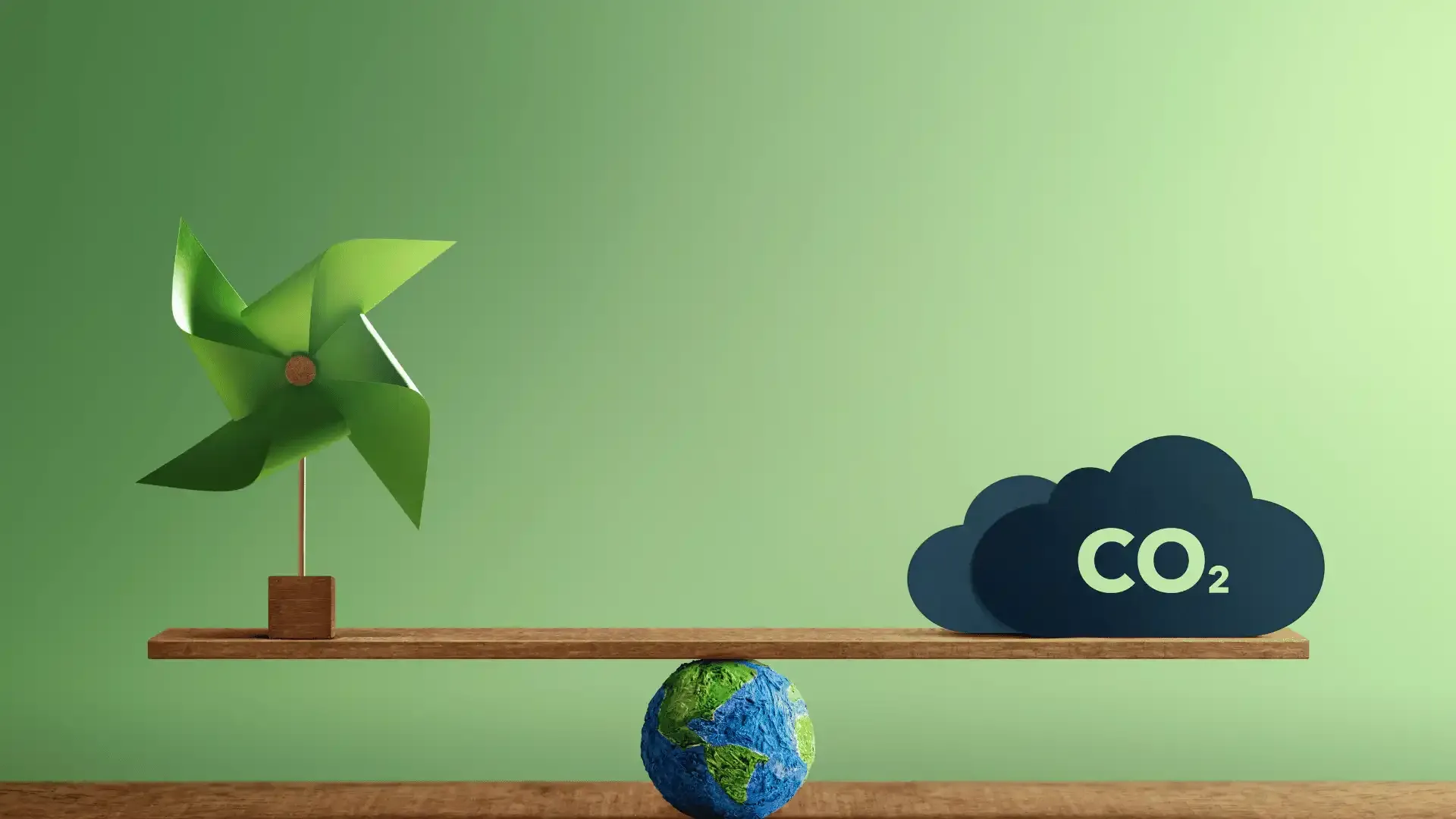
23 Apr, 2024
New Zealand has slipped into the second recession of the past 18 months and with raising interest rates in an attempt to curb some of the highest inflation in the developed world, times are tough. Within this challenging financial climate, there is also an urgent requirement to innovate New Zealand’s energy systems to enable secure, reliable and affordable electricity supply while reducing emissions. Substantial investment is needed to get us where we need to be energy-wise – a need to generate an additional 530 MW per year until 2050 with the burden of these costs carried by energy users. Initiatives like the now-defunct Government Investment in Decarbonising Industry (GIDI) Fund in New Zealand and similar programs in Australia shone a light on the willingness of businesses to make change, but they also illuminated how capital-intensive the projects are. If the situation feels bleak, there is solution. While the government strategizes on a national level, locally you can take action. To save money and achieve ambitious sustainability targets, you need tight control of energy consumption and its cost. And you can only control them if you know what they are. Energy management: the key to unlocking change For both households and businesses alike, the current economic landscape requires saving and cost reduction – and this is where energy management comes in. Energy efficiency is the essence of cost-efficiency and effectiveness, optimising existing resources for long term economic advantage – arguably the antidote to challenging environmental and economic times.

02 Apr, 2024
In today's evolving business landscape, the term "lean manufacturing" is commonplace. It is a pivotal concept celebrated for driving organisational success. A business model that prioritises activities customers are willing to pay for, while considering everything else as waste. Defined by its focus on managing and reducing waste, lean manufacturing seems, at least on paper, to address sustainability goals , but is lean enough? What is lean manufacturing? Emerging from the post-war 1950s through the Toyota Production System (TPS), lean manufacturing is built upon the concept of continuous and incremental improvements in both product and process. Its primary objectives are to reduce production time, improve responsiveness from suppliers and to customers, enhance product quality, and boost efficiency. This is achieved by eliminating, simplifying, reducing, or integrating activities that do not add value to the business, i.e. effectively managing and minimising waste. Toyota identified 7 types of waste (Muda) in a business: Over production: producing products before a confirmed order. Unnecessary waiting: inactive work periods leading to lengthened cycle time which reduces agility and responsiveness. Unnecessary transportation: unnecessary movement of people and goods inside the system. Overprocessing: processes that are more complex than required or making parts beyond the standard expected by the customer. Unnecessary inventory: an excess of raw materials, work-in-process elements or finished products. Unnecessary motion: inefficient layout or automating processes before improving the method. Too many avoidable defects: poor quality output that needs correction.



